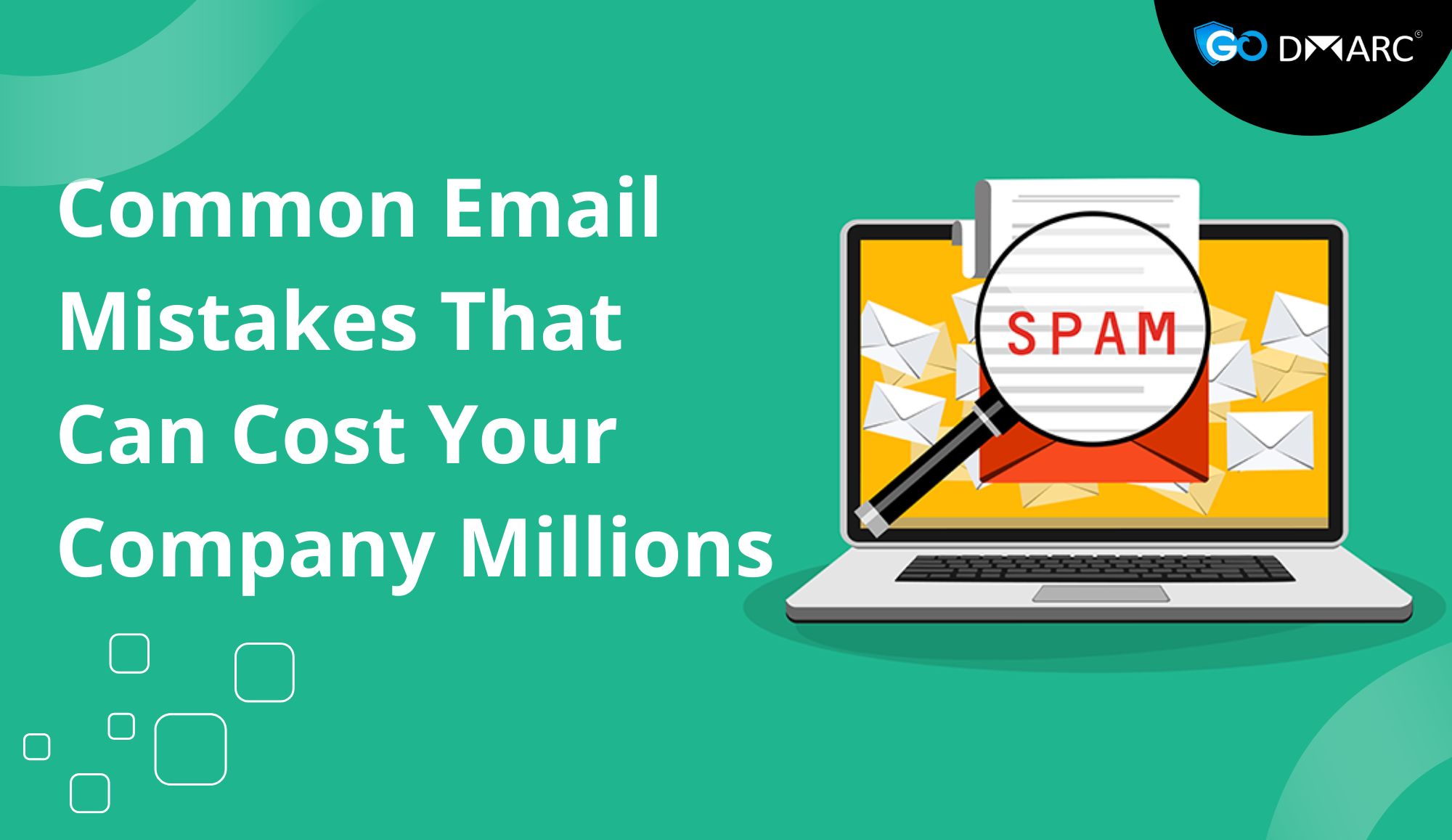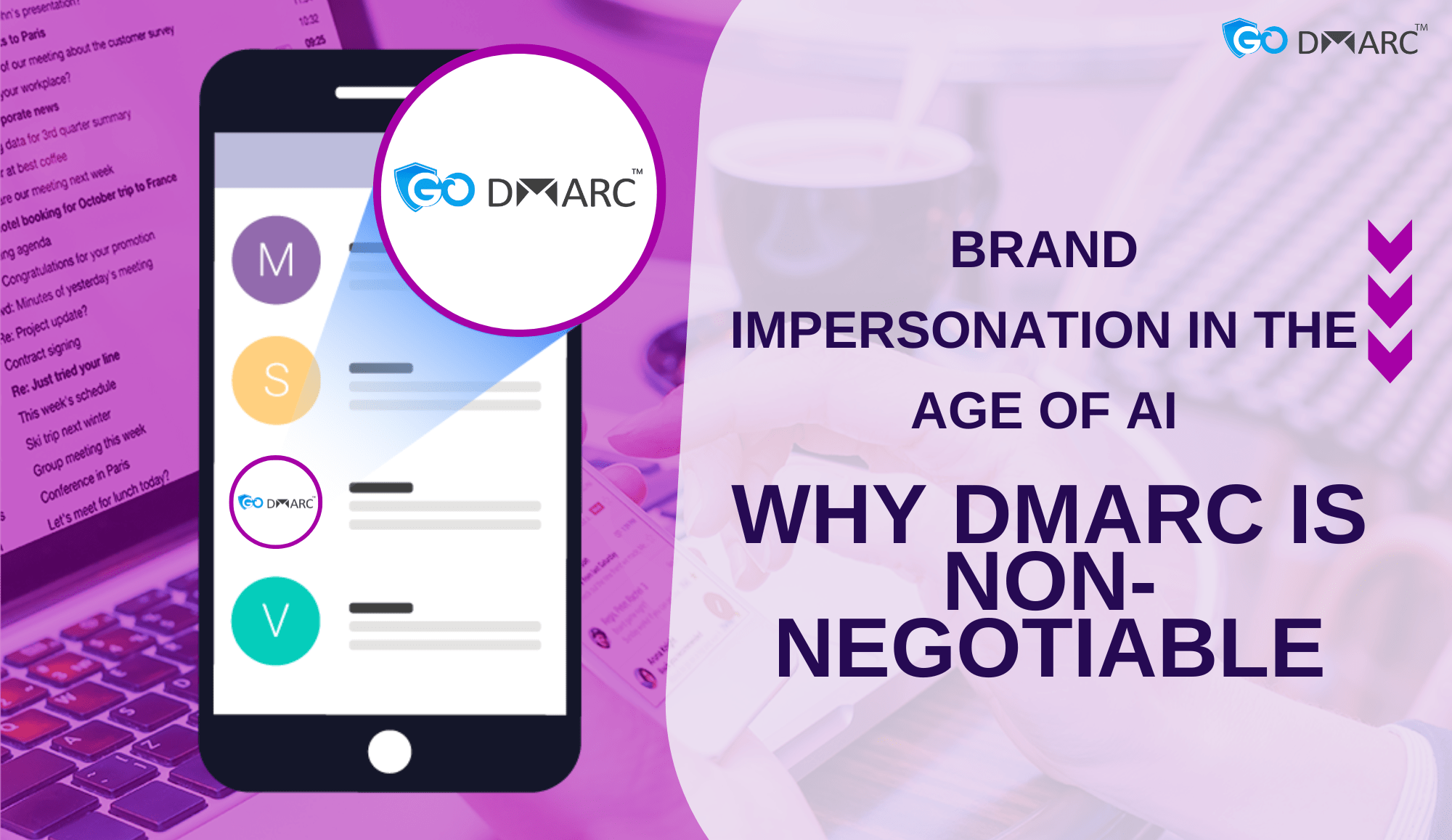In the world of cybersecurity, the biggest threats often arrive when they are least expected. This includes an email from your “CEO” asking for a wire transfer, or an invoice from a “vendor” you don’t remember working with. These aren’t just harmless spam messages. They’re sophisticated phishing attacks disguised, deceptive, and devastating.
But fear not. In this high-stake digital landscape, we are the quiet hero keeping the chaos in check. While it may not wear a cape or fly through firewalls, it’s the most powerful guardian your inbox can have.
What Is DMARC?
DMARC, or Domain-based Message Authentication, Reporting & Conformance, is an email authentication protocol. Its mission? To protect your domain from being spoofed by cybercriminals, especially through phishing attacks.
It works hand-in-hand with SPF (Sender Policy Framework) and DKIM (DomainKeys Identified Mail) to verify that emails claiming to be from your domain really are. If they aren’t, tell email providers what to do: reject, quarantine, or just monitor them.
Think of it as an intelligent shield that not only blocks villains from impersonating your brand but also teaches you how and where you’re being attacked.
The Rise of the Phishing Villains
Phishing has evolved far beyond those “you won a lottery” scams. Today, they’re smarter, targeted, and incredibly dangerous:
- Business Email Compromise (BEC) can drain millions from companies through fraudulent invoices or fake account changes.
- Spear phishing targets specific employees with personalized attacks.
- Whaling impersonates top executives to authorize fake transactions.
In fact, 91% of cyberattacks start with a phishing email. And often, these emails look like they came from you.
How DMARC Works Behind the Scenes?
Here’s a simplified breakdown of how to fight phishing works:
Step 1: Authentication Check
When someone receives an email from your domain, their mail server checks the SPF and DKIM records. These verify if the email was sent from a legitimate server or it was tampered with in transit.
Step 2: DMARC Policy Match
It then checks whether the SPF/DKIM results align with your domain. If they do, great. If not, the receiving server follows your instructions: mark as spam, quarantine it, or block it entirely.
Step 3: Reporting
It doesn’t just act. It also informs. You receive reports about who is sending emails on your behalf, which ones failed authentication, and how your policy was enforced.
Why Is DMARC a Must-Have?
1. Stops Email Spoofing
Without DMARC, your domain can be used to sending fake emails without your knowledge. With such email authentication, only verified sources are allowed to send emails on your behalf.
2. Protects Customers & Partners
A spoofed email might trick your customers into giving away data or money. We protect them and your reputation.
3. Improves Deliverability
When email providers see that your domain is secured, they’re more likely to trust your emails and deliver them to inboxes not junk folders.
4. Gives Visibility
You don’t just stop attacks you understand them. These reports show you which servers are attempting to misuse your domain.
Trust Your Brand with Us
We make deploying and managing email authentication simple, even for non-tech users. Our platform ensures you don’t need to be a cybersecurity expert to protect your brand.
Here’s how we help:
1. 1-Click DMARC Setup
No confusing DNS updates. We walk you through everything with an easy interface and helpful guidance.
2. Real-Time Alerts
Know the moment someone tries to spoof your domain, with instant notifications and live dashboards.
3. Actionable Reports
Get daily, weekly, or monthly reports that are easy to read and give you clear direction on next steps.
4. Advanced Protection
From SPF flattening to DKIM monitoring and DMARC alignment checks, we provide layered defense to keep you safe.
5. Expert Support
Have a question? Our dedicated support team is available to help you every step of the way—from setup to policy management.
A Real-World Scenario
Imagine this: You run a growing SaaS company. One day, a fake invoice, sent from an email address that looks exactly like yours tricks one of your customers into wiring $20,000 to a scammer.
Now imagine that same scenario but with DMARC in place. The receiving server spots that the email wasn’t authenticated and blocks it. Crisis averted.
That’s what we do silently and effectively.
How to Get Started
Ready to become your own cyber-hero? Here’s how:
- Generate a DMARC Record: Use our free tool to create your policy.
- Publish to DNS: Add the record to your domain’s DNS settings.
- Monitor Your Reports: Review who is sending email from your domain and make adjustments.
- Move from p=none to p=reject: Start with a relaxed policy, then tighten it as you gain insights.
Final Thoughts
You don’t need superpowers to stop phishing attacks just the right tools. GoDMARC is that tool. It’s a silent warrior guarding your emails, customers, and reputation. So, the next time someone asks, “Who’s protecting your inbox?”, you’ll know the answer.




